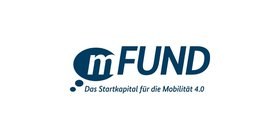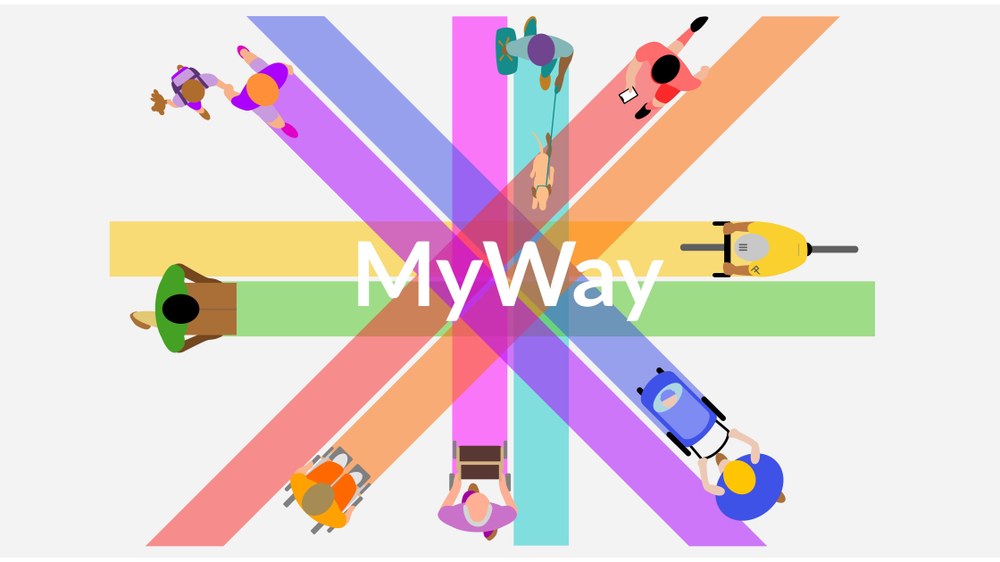MyWay
The problem: People have different permanent or situational characteristics that influence their needs when accessing public transport and mobility services. At the same time, the transport infrastructure has features that present as barriers to these passengers. These diverse needs are not yet sufficiently taken into account by mobility apps. There is also a lack of systematic understanding about which type of barriers are relevant to which type of characteristic and how much. This is referred as a ‘diversity data gap’, that needs to be closed in order to improve access to public transport.
Aim: Create and systematise knowledge on large number of barriers to access public transport and how they relate to the diverse needs passengers, as well as how to integrate this information into mobility apps.
The MyWay project pursues the following objectives:
- Addressing the knowledge gaps on the topic of potential barriers to public transport, including routes to and from stations/bus stops for different (combinations of) personal characteristics
- Quantifying the relationships between personal characteristics and barriers
- Creating the basis for integrating this knowledge into existing mobility apps
Method: A literature analysis and a workshop with experts were used to identify diversity-relevant obstacles to mobility and the varied characteristics of individuals. Based on the results of the literature analysis and the workshops, a survey was conducted to quantify the relationships between characteristics and barriers to public transport, allowing for the creation of relevant combinations of barriers and characteristics to form so-called barrier profiles. The technical, practical and ethical requirements for integrating the barrier profiles into mobility apps were discussed in two further workshops with project participants and attendees. To be able to depict the different nuances in the impact of barriers, a model was created using a Bayesian estimation method, with which it was possible to estimate the influence of a certain barrier in transport on the fact that a route cannot be used.
Findings: We find that passengers who have difficulties walking or seeing and passengers with learning disabilities are affected by the largest numbers of barriers. But also, passengers with Autism spectrum disorder and with a poor sense of direction are affected by multiple barriers. Barriers that are relevant across different types of passengers include stairs, lacking tactile indicators and help dis/embarking vehicles as well as lack of road crossing at station. While some barriers cause passengers to have to cancel their journey, others barriers may be considered as less severe, but they are also important to improve access to public transport and their alleviation may increase its attractiveness in the long run. Examples for these barriers that we found include poorly lit paths and stations or a lack of shelter from the sun.
MyWay closes the ‘diversity data’ gap by 1) systematically linking various permanent or situational characteristics of passengers to barriers that people may encounter when using public transport, for example when transferring and boarding, and 2) by determining how severely different barriers impede passengers with different characteristics. MyWay shows that “barrier profiles” can be used to integrate the needs of diverse passengers into mobility apps in such a way that is technically, practically feasible whilst being in compliance with data protection requirements. A challenge that MyWay identified is the current lack of detailed information on barriers at all points of the transport system, i.e. stations, vehicles and access roads, as well as on alternative public transport options to circumvent those barriers.
Outlook: The project results form a basis for the development of data standard, which we call “barrier profiles”, and an app interface (API).
Related news
Funded by


